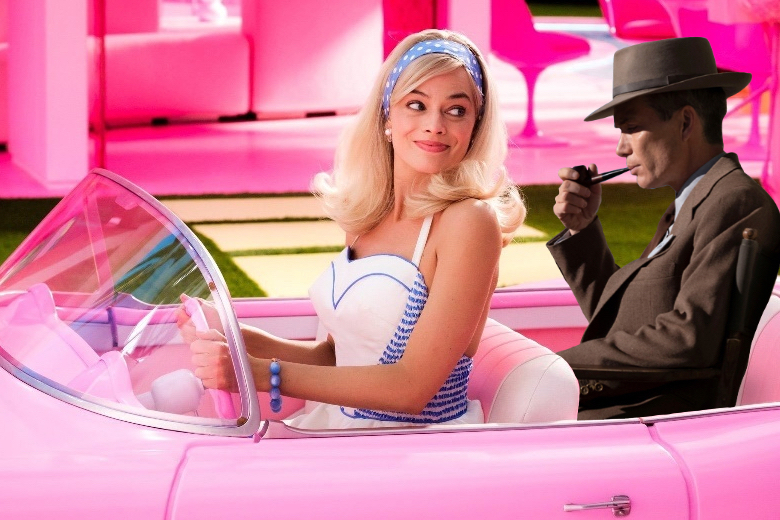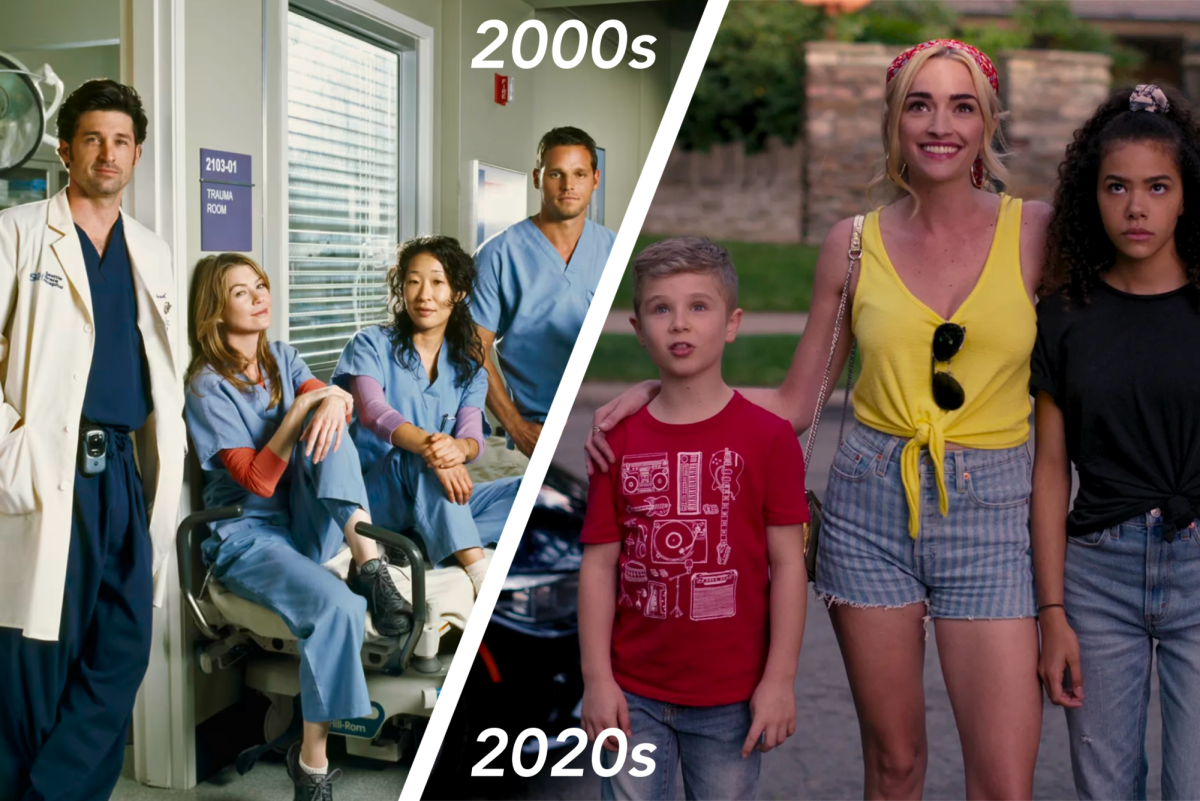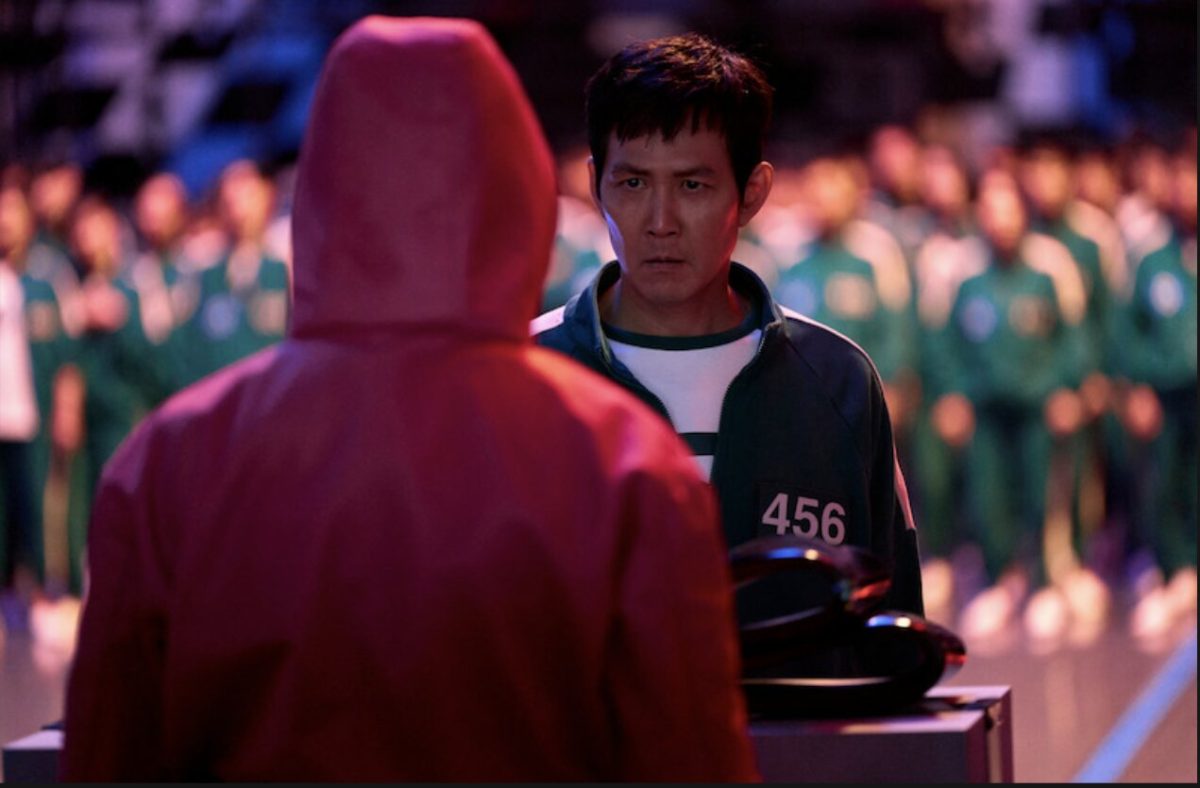Barbenheimer: the movie event of the summer
August 24, 2023

Donate to The Burlingame B
$550
$1500
Contributed
Our Goal
Your donation will support the student journalists of Burlingame High School - CA. Your contribution will allow us to purchase equipment and cover our annual website hosting costs.
About the Contributors

Arda Inegol, Business Manager
Arda Inegol is a senior at Burlingame High School and a third-year Journalism student. As the business manager, he is tasked with managing the B’s business affairs. In his free time, he enjoys watching movies, playing tennis, golfing, and listening to good music. He is also president of the Politics Club and secretary of NHS.

Jake Rothstein, Managing Editor
Jake Rothstein is a senior at Burlingame High School and is a third-year student in journalism. Jake is excited to be the new co-managing editor for the Burlingame B. He is an avid runner on the cross country and track teams and enjoys building and designing software applications. In his spare time, Jake enjoys being with friends and family and reading the news.

Brinda Iyer, Copy Editor
Brinda Iyer is a sophomore at Burlingame High School and a second-year journalism student. She’s thrilled to have the opportunity to explore different styles of writing in this class and to gain the experience of working in a newsroom. Outside of school, you can find Brinda playing lacrosse, traveling to new places, playing and listening to music, rewatching her favorite shows and spending time with friends and family.

Arshia Chakravartti, Copy Editor
Arshia Chakravartti is a senior and a third-year journalism student. She is an avid reader and writer who is excited to continue her role as a Copy Editor in The Burlingame B staff. Outside of school, she participates in multiple sports, such as skiing, tennis, and track. She also loves traveling, eating good food, watching tv and spending time with friends and family.





















